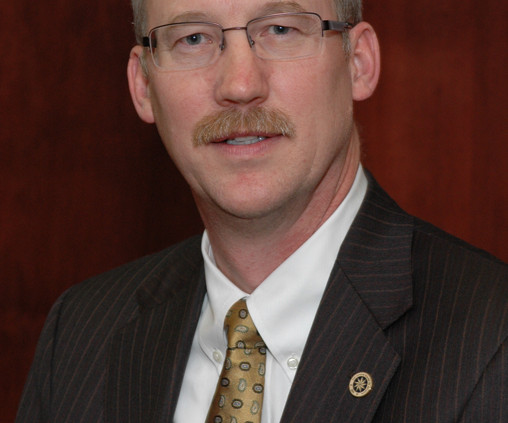How will we measure student success in the 2020s?
EAB
FEBRUARY 21, 2023
Blogs How will we measure student success in the 2020s? A review of how student success metrics have evolved over time—and where they might go in the future Before I studied student success, I studied evolutionary biology.











Let's personalize your content